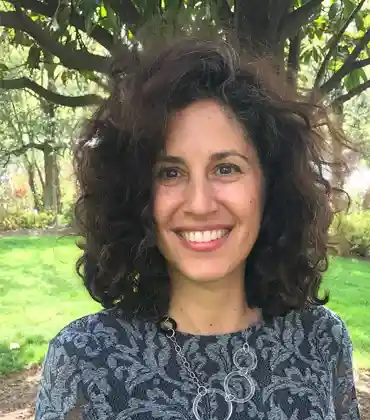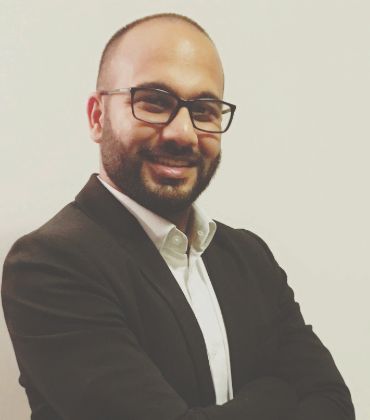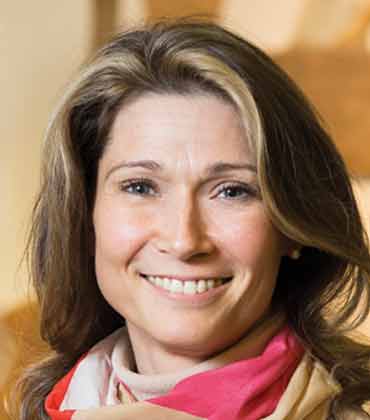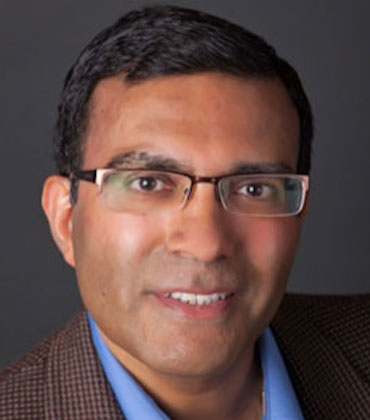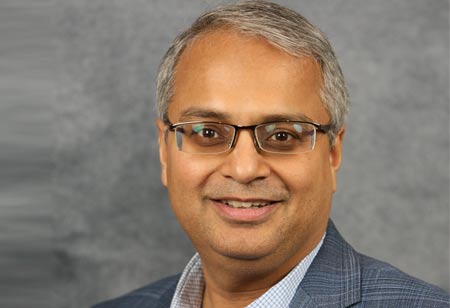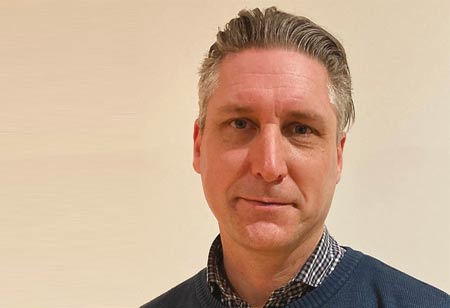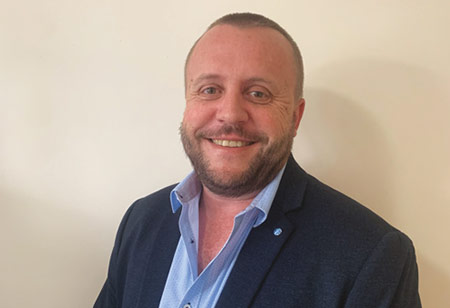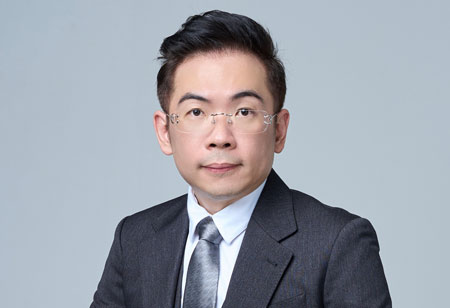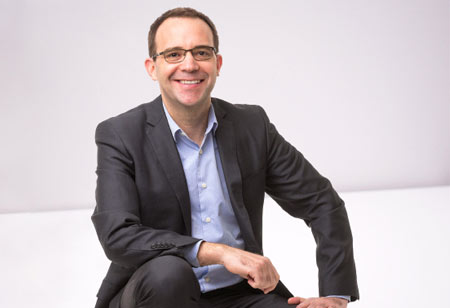THANK YOU FOR SUBSCRIBING
By Rachel Goldstein, North America Policy Director, Mars
Policy is a Key Solution to Stopping Packaging Waste
By Kati Randell, Strategic Packaging Development Manager, Paulig Drinks
Breaking Myths about Sustainable Packaging
By Arun Saksena, CIO and Digital Transformation Officer, Danaher Corporation’s Product Identification Platform
What Food & Beverage Packaging Study Teaches CIOs about...

Chemical Detection Analytical Advancements in Paper Packaging: Friend Or Foe?
Marcello Pezzi, Product Safety Director, DS Smith

 Marcello Pezzi, Product Safety Director, DS Smith
Marcello Pezzi, Product Safety Director, DS SmithAdvancements in chemical detection techniques in paper packaging can be hailed for making a product safer. They could also be blamed for increasing demand for materials to be free from chemicals. But do lower detection limits make a product inherently safer?
Let’s try to explain this question with a hypothetic example.
10 years ago substance A was detectable in paper at a certain limit, say 1 mg/Kg (weight of substance/weight of product). That same substance was considered to be harmful if present above 5 mg/Kg.
Today, analytical advancements make it possible to detect substance A at a level of 0.01 mg/Kg. Substance A is still considered to be harmful if present above 5 mg/Kg, exactly as it was 10 years ago.
Does the improved limit of detection make the product safer? Not really. This is because the safety threshold, which is based on hard evidence and defined by the Regulator, has not changed. Therefore, the advancement of the analytical technique is not improving the safety of the packaging per se.
The real question that we should ask is how paper packaging could benefit from these technical advancements. While it is difficult to predict which substances, in future, will be considered concerning, we know very well that perceptions about level of risk vary between individuals. Paper is made with 2 “types” of substances: IASs (intentionally added substances) and NIASs (non-intentionally added substances).
It is key to understand that not all these substances are harmful.
To name just one safe IAS, the biggest raw material used to make paper is cellulose (commonly called “fibre” in the industry), a natural substance originating from trees. Other “chemical” substances used to produce paper packaging are “regulated” either through specific laws or standards (e.g. the German BfR Recommendation XXXVI).
In addition, the European paper value chain has recently updated the already available industry-wide guidance. In this document specific limit levels for IASs and NIASs are set. These should be checked through analytical testing to determine whether there are proven health risks. Clearly, if any of the safe limits are exceeded, the product should not be used to make packaging for food contact.
With respect to recycled paper, there is always the possibility that something unexpected (i.e. one or more NIASs) would be present. For this very reason, the “paper for recycling”, used as the main raw material, is carefully selected according to an international standard (EN 643). Moreover, when testing the purity of the final paper, many parameters are checked and the presence of all commonly known harmful substances is guaranteed to be below the safety level.
After these considerations it becomes clear that, if advancements in analytical techniques are used correctly, they can only be beneficial and guarantee an even safer paper packaging.
Read Also


